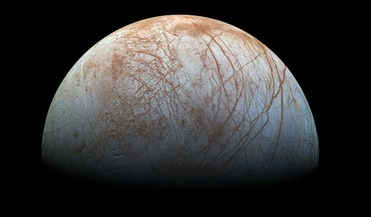 13 March 2017
Europa Clipper: the official name of NASA's mission to Europa
13 March 2017
Europa Clipper: the official name of NASA's mission to Europa
...for their grace and swiftness – that sailed across the oceans of Earth in the 19th century. Following the grand tradition... scientists to determine the depth and salinity of its ocean. NASA’s mission had already been informally called Europa Clipper...
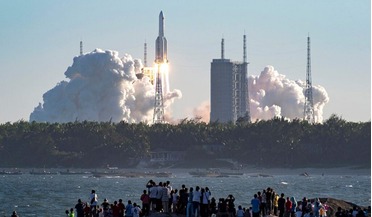 13 May 2020
Debris from China's rocket may have hit African villages
13 May 2020
Debris from China's rocket may have hit African villages
...of launch and typically returns to Earth by plummeting into the ocean before reaching orbit. Then, with a lot less payload to ... at 11:33am ET (15:33 UTC) on Monday over the Atlantic Ocean. Clear of the US, the core stage, including the dense ...
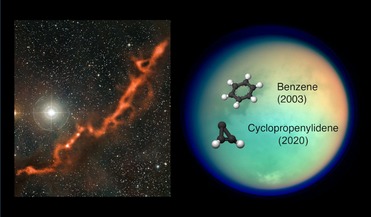 28 October 2020
Unexpected molecule found in Titan's atmosphere
28 October 2020
Unexpected molecule found in Titan's atmosphere
...with its clouds, rain, lakes and rivers, and even a subsurface ocean of salty water, the large moon offers vast appeal in the ...can get through the ice crust to the ocean below, because we think the ocean is where the habitable conditions are,” Lopes ...
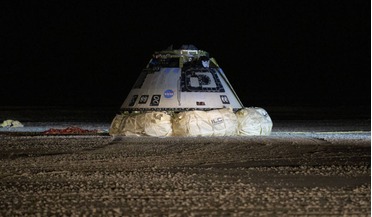 23 December 2019
Starliner lands successfully despite problems during inaugural flight
23 December 2019
Starliner lands successfully despite problems during inaugural flight
...this planet,” said Williams. “We would not be this planet without the ocean. There’s so much to discover in the ocean, and there’s so much to discover in space.” The uncrewed Starliner spacecraft launched on the ULA Atlas V rocket at 6:36 a.m. Friday...
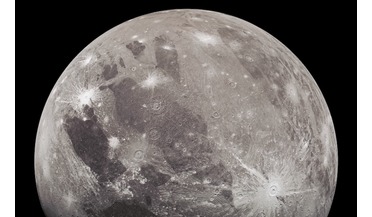 28 July 2021
Hubble helps astronomers find first evidence of water vapour at Ganymede
28 July 2021
Hubble helps astronomers find first evidence of water vapour at Ganymede
... (100 miles) below the crust; therefore, the water vapour would not represent the evaporation of this ocean. Astronomers re-examined Hubble observations from the last two decades to find this evidence of water vapour. In 1998...
 July 2014
Understanding Earth: GEO and the SDG environmental agenda
July 2014
Understanding Earth: GEO and the SDG environmental agenda
... an essential role in the context of the post-2015 Sustainable Development Goals (SDG) Agenda. The Earth’s atmosphere, oceans and landscapes are being increasingly impacted by human activities. Monitoring and modeling these changes is critical for...